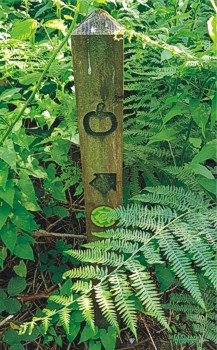 |
 |
|||||||||||||||||||
| Home | Farming Today | Wildlife | History & Heritage | Visit Information | Contact Us | ||||||||||||||||||||
|
Tel. 01579
370292 | email: martin@howlettpl17.fsnet.co.uk
|
||||||||||||||||||||
|
|
Brian's Peace Brian Howlett farmed here at Deer Park with his family for 37 years. He was passionate about explaining farming to the public, and about sharing the beauty of the landscape and local environment, which lies within the Tamar Valley Area of Outstanding Natural Beauty (AONB). This tranquil corner of the farm was his favourite spot, and has now become a wildlife amenity area for all to explore and enjoy. |
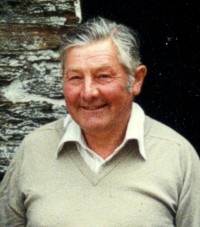 |
||||||||||||||||||
|
You can download a suggested
Trail Route around Brian's Peace, together with a Nature Spotting Challenge,
as a PDF file - Click
here>
|
||||||||||||||||||||
The information panel below is displayed at the gateway to Brian's Peace. Click on a section of text on the panel to see more. |
||||||||||||||||||||
|
Click here to download a larger PDF version of the display panel above |
||||||||||||||||||||
|
1995 -
2010 - 2022 - |
||||||||||||||||||||
| Habitats | ||||||||||||||||||||
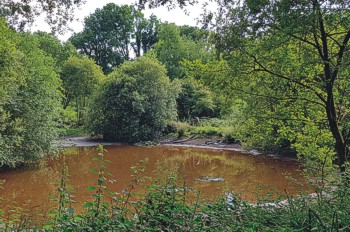 |
Fed by springs further up the hill, the Ponds fill with water during the wetter months, and gradually dry out during the summer. This provides a range of varied wildlife habitats, particularly important for newts and invertebrates.
|
|||||||||||||||||||
|
Areas of Bracken
and Furze (gorse) provide cover for animals and protect birds’
nests.
Gorse is an important food plant for the caterpillars of several species of moth. |
|
|||||||||||||||||||
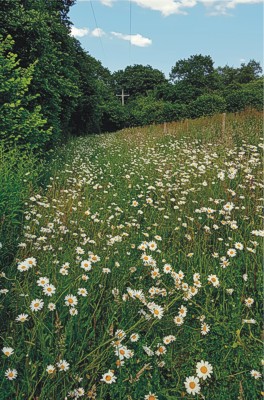 |
||||||||||||||||||||
|
Leaving some Field Margins
uncultivated - like those on two sides of Brian’s Peace
- is an important way of increasing biodiversity and providing wildlife
corridors. Here they act as linking routes for the rare Heath Fritillary
butterfly (left - wingspan 40-45mm). |
||||||||||||||||||||
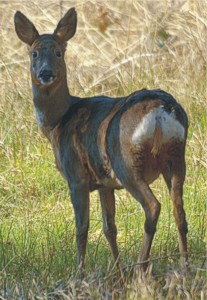 |
||||||||||||||||||||
|
The
Woodland Copses further
increase biodiversity, broadening the range of habitats for plants and animals. Roe Deer are occasionally seen passing through. |
||||||||||||||||||||
| Heritage | ||||||||||||||||||||
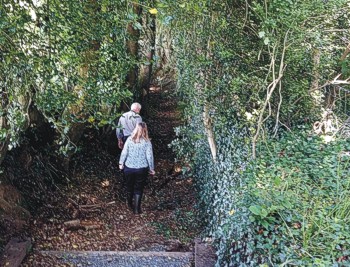 |
Deer Park Farm lies within the Cornwall & West Devon Mining Landscape World Heritage Site. New Consols Mine, to the north-east of Brian’s Peace, was the site of mining and processing metal ores including copper, lead, silver, arsenic and tin in the 19th and early 20th centuries. Workers would have used the Sunken Lane track as they walked to and from the mine. | |||||||||||||||||||
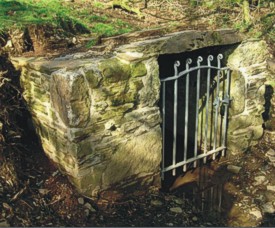 |
||||||||||||||||||||
|
The Butter Well
is a small |
||||||||||||||||||||
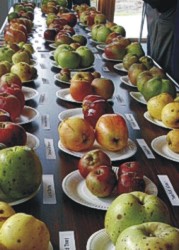 |
||||||||||||||||||||
| The
Apple Trees planted in early 2022 are a selection of traditional
Tamar Valley varieties. The Valley was renowned for its market gardens
and orchards. The apple varieties have wonderful names. Those growing here include: Sack-and-Sugar (also called Early Bower); Colloggat Pippin and Manaccan Primrose (also called the Rattler). |
||||||||||||||||||||
| Wildlife to Spot | ||||||||||||||||||||
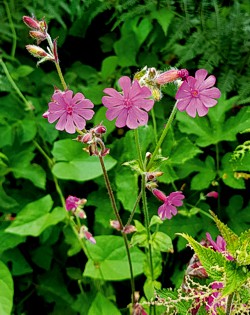 |
Red
Campion flowers are a food source for insects including bees, butterflies and hoverflies. In folklore, it protects fairies from being discovered! |
|||||||||||||||||||
|
Watch out for beds of
Wild Mint beneath the trees. You may catch its fragrant scent. Bees find mint flowers irresistible, while the leaves sustain Mint Moth caterpillars. |
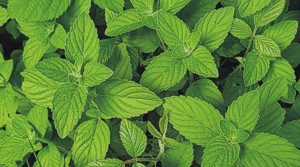 |
|||||||||||||||||||
|
Home | Farming Today | Wildlife | History & Heritage | Visit Information | Contact Us (c) Deer Park Farm 2022. Website design by Graphic Words |
||||||||||||||||||||
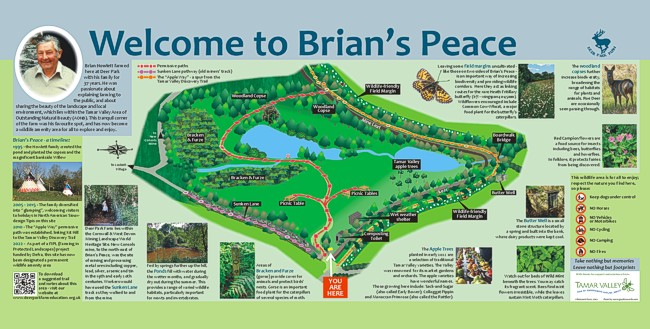
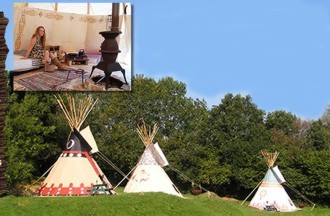 2005
- 2015 -
2005
- 2015 - 